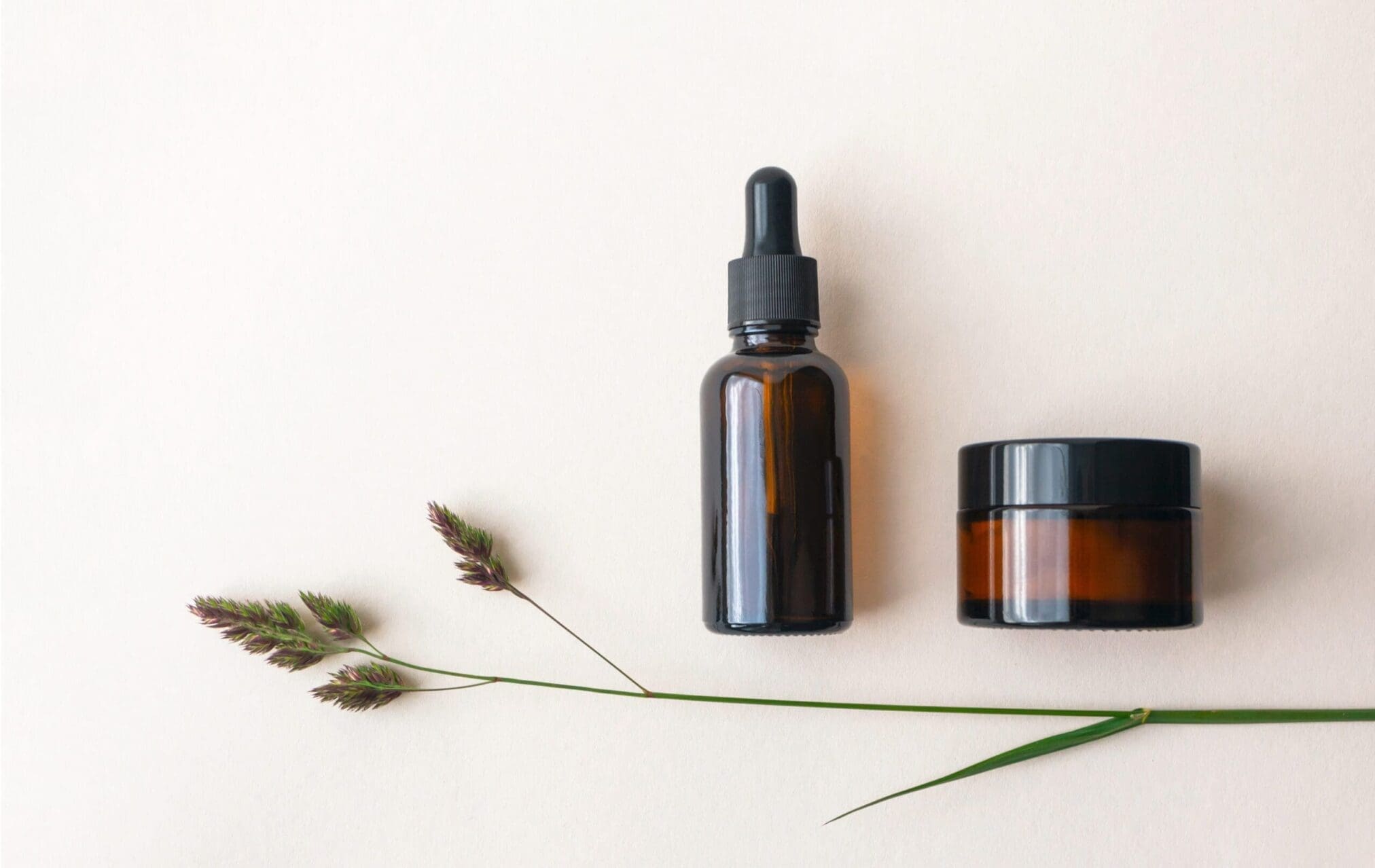On January 10, 2020 IFRA has officially issued the 49th Amendment to the IFRA Code of Practice.
As previously announced, this is a milestone for the fragrance regulatory sector considering the significant number of changes and tools implied.
Novelties
Among the breakthroughs in the determination of safe use levels, the Standards use:
· New assessment methodology, called Quantitative Risk Assessment (QRA2) – implemented by means of the aggregate exposure model, i.e. exposure to the same fragrance ingredient contained in different products;
· Revised Safety Assessment Factors (SAFs) for skin sensitizers;
Due to this change of approach, the IFRA product categories have increased from 11 to 12, subcategories have been adapted, and endpoints harmonization has been eventually achieved.
Compliance with the 49th Amendment
In the light of the major changes, the transitional compliance period has been exceptionally prolonged after the notification date, i.e. January 10, 2020. This is valid for Standards either prohibiting, restricting or introducing a specification on the use of a fragrance ingredient, as follows:
· 13 months (February 10, 2021) for new fragrance creations[1]
· 25 months (February 10, 2022) for existing creations[2]
The timelines apply to the supply of the fragrance, and not to the finished product on the market.
What is included in the 49th Amendment?
· Guidance for the use of IFRA Standards;
· The IFRA standards under the scope of the new Amendment;
· Annex I – Indicative list of typical natural presence of restricted fragrance in a Natural Complex Composition;
· Annex II – Restrictions on Schiff bases attributed to each Standard;
Full details can be found on the IFRA Standards section of the IFRA website.
In order to reflect the 49thAmendment, a revised template for Certificates of Compliance to the IFRA Standards has been created and uploaded onto the IFRA website. This is important for cosmetics’ manufacturer using fragrances, as the IFRA Certificate is an essential part of a compliant PIF!
Filippo Chierchini
Regulatory Affairs Department
25.02.2020
You wish to know more how to place fully compliant cosmetics on the EU market? Contact Obelis experts today!
[1]New fragrance creation is a compound currently sold or already the subject of evaluation for performance in a defined consumer product as stated by IFRA
[2] Existing creation is defined by IFRA as any fragrance for which the brief has been issued after the completion of the informational exchange across the supply chain period (7 months after Notification date )


